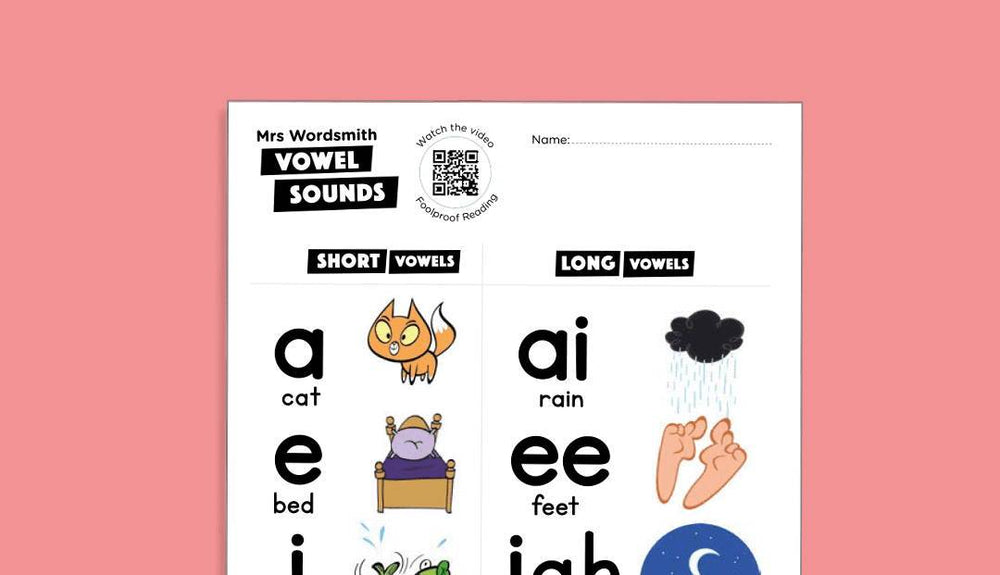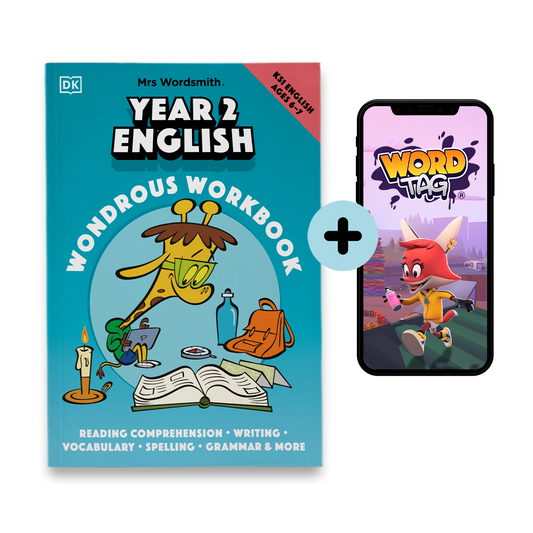How to help your child with their daily phonemes practice
Once your child is introduced to phonics at school, you can help them revise the phonemes (sounds) they are learning at home. To do this, download our phonemes-graphemes correspondences sheets below which include a QR code with the correct pronunciation of each sound.
How to use are phonemes sheets
- Find the phoneme (sound) that you want to focus on, based on what your child has been covering at school
- Scan the QR code with your device and listen to the phoneme (sound)
- Repeat the phoneme (sound) several times with your child
- Be careful to repeat it as you hear it in the audio clip. A common mistake that people who are not trained in phonics make is that they add a vowel sound at the end of each consonant sound, so that instead of saying ‘b-b’ or ‘g-g’ they say ‘bah’ or ‘gah’. Do your best to pronounce the consonant alone, as this is the individual phoneme (sound) that you need to focus on.
- Then focus on one of the graphemes (letters) that correspond to the phoneme (sound), depending on what your child has been covering at school. Repeat the phoneme while looking at the grapheme (letter or group of letters)
- Look at each example word and help your child notice where the phoneme is placed within the word
- Try to come up with other words with the same sound (phoneme) and the same spelling (grapheme)






































 https://mrswordsmith.com
https://mrswordsmith.com
Comment
Leave a comment